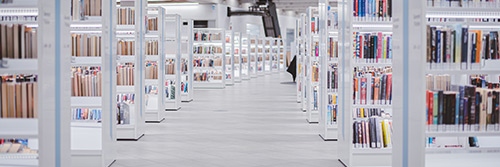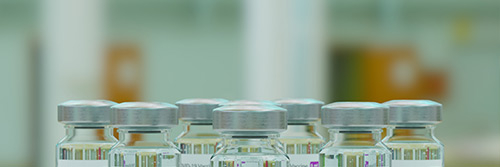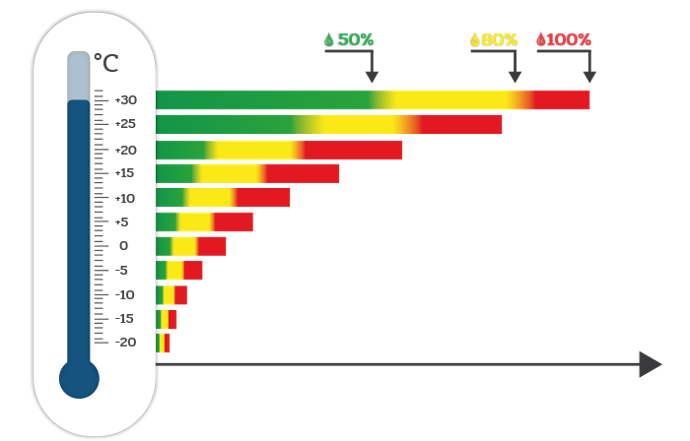IoT solution for museum monitoring
Moisture damage is a major risk for museums and art galleries
The role of temperature and humidity in museums
Exhibits such as paintings, sculptures, textiles and other works of art are sometimes hundreds of years old. These need the correct humidity to protect them from moisture damage such as mold growth, deformation or decomposition. These include valuable books, historical documents and other written materials that cannot be replaced. Monitoring temperature and humidity is therefore an investment in the future of museums. By regularly measuring and evaluating the values, damage to the collections can be prevented and the works preserved for future generations. This solution has already been successfully implemented in SMARTCity Gera. You can find out more about this practical project here >> here.
What are the benefits of monitoring temperature and humidity with IoT?
Prevention of damage:
Timely warning of temperature or humidity deviations makes it possible to react quickly to potential problems. By detecting moisture ingress or uncontrolled climate fluctuations, damage and expensive restoration measures can be avoided
Increasing security:
Continuous monitoring can also minimize safety risks. For example, high humidity can lead to mold growth, which not only damages cultural assets, but can also affect the health of employees and visitors. Early detection enables a rapid response and damage limitation.
Compliance with requirements and standards:
Museums are often subject to national or international regulations and standards for the conservation of cultural assets. Careful monitoring and documentation of the environmental conditions enables museums to meet these requirements and demonstrate their professionalism.
Reduced workload for specialist staff
Technology, some of which dates back to the 80s and 90s, such as thermohygrographs, measure temperature and humidity, but are extremely time-consuming to use. Manual evaluation and regular maintenance, such as calibration, require unnecessary time from highly qualified employees. The use of IoT optimizes these processes and significantly improves monitoring, with low initial costs.
More possible uses of the IoT solution Museum monitoring

Botanical gardens or zoos
In botanical gardens or zoos, precise monitoring of temperature and humidity is crucial. Controlled conditions make it possible to imitate a natural environment and thus promote the health and well-being of plants and animals.

Archives and libraries
Valuable books, historical documents and other written materials are stored in archives and libraries. Controlled humidity is important to protect the paper from moisture damage such as mold growth, deformation or decomposition.

Medical facilities
In hospitals, laboratories or pharmaceutical companies, controlled humidity and temperature may be required to ensure the stability and effectiveness of medicines, laboratory materials or medical devices.

Food industry
Temperature and humidity monitoring in the food industry ensures optimum conditions for product quality and safety. This is of central importance in warehouses, production facilities and cold storage rooms.
Products for the IoT solution Museum monitoring
Would you like advice on how you can use temperature and humidity monitoring to your advantage?
If you would like to find out more about the benefits of museum monitoring or how temperature and humidity monitoring can be used in your specific application, please do not hesitate to request a consultation. Our IoT experts will be happy to help you select the right sensors or integrate them into your existing IoT network.


